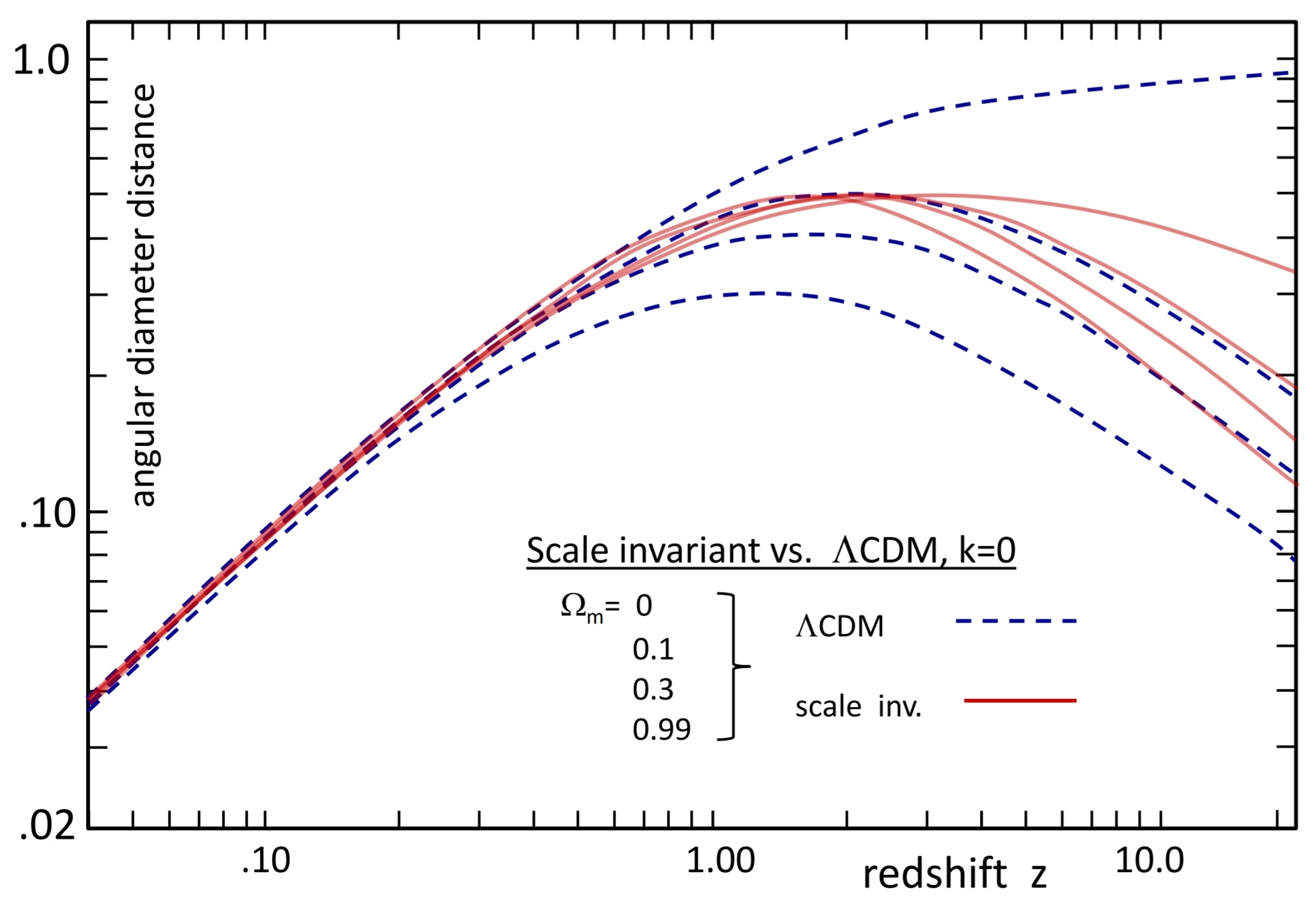How does a physical distance $rR_0$ comes into play in the angular diameter distance, because from its definition ...
The book "Astrophysics in a Nutshell: Second Edition" was published Feb 23, 2016, the first edition was published on Dec 4, 2011. The first edition is old (and 25% of the cost of), the second edition is not new.
Wikipedia explains the Lambda-CDM model:
The ΛCDM (Lambda cold dark matter) or Lambda-CDM model is a parametrization of the Big Bang cosmological model in which the universe contains a cosmological constant, denoted by Lambda (Greek Λ), associated with dark energy, and cold dark matter (abbreviated CDM). It is frequently referred to as the standard model of Big Bang cosmology because it is the simplest model that provides a reasonably good account of the following properties of the cosmos:
- the existence and structure of the cosmic microwave background
- the large-scale structure in the distribution of galaxies
- the abundances of hydrogen (including deuterium), helium, and lithium
- the accelerating expansion of the universe observed in the light from distant galaxies and supernovae
The model assumes that general relativity is the correct theory of gravity on cosmological scales. It emerged in the late 1990s as a concordance cosmology, after a period of time when disparate observed properties of the universe appeared mutually inconsistent, and there was no consensus on the makeup of the energy density of the universe.
The ΛCDM model can be extended [tweaked to fix it, depending on what you are doing] by adding cosmological inflation, quintessence and other elements that are current areas of speculation and research in cosmology.
Some alternative models challenge the assumptions of the ΛCDM model. Examples of these are modified Newtonian dynamics, modified gravity, theories of large-scale variations in the matter density of the universe, and scale invariance of empty space.
The reason to nitpick about a tiny difference of opinion is because the distances involved are so enormous, and the difference really isn't so small either. Depending on the distance the amount of time that has passed means that the space through which the light is passing changes somewhat throughout it's lifetime.
See also: "Scale invariant cosmology III: dynamical models and comparisons with observations" (19 May 2016) by André Maeder:
The basic equations of cosmology are modified, showing an acceleration of the expansion after a certain initial period, the duration of which depends on the mean density of the Universe. Another major consequence of the scale
invariance is that the laws of conservation of matter-energy show some dependence on the cosmic time. This dependence is very weak for models with a non-zero matter density, but at the conceptual level this is not a minor effect.
We do think it is worth to undertake the present exploration for two main reasons. One is that the recent cosmological results suggest that a totally unknown form of matter-energy, the dark energy, dominates the energy content of the Universe. This is a major problem. The other main reason is that scale invariance is not a kind of adjusted trick to make things work. But it is a basic physical change, that responds to the fundamental wish (Dirac 1973) that the equations expressing basic laws should be invariant under the widest group of transformations.
The newer paper "An alternative to the LCDM model: the case of scale invariance" (14 Jan 2017), by André Maeder contains the calculations ($d_M = R_0 r_1$, $d_A = d_M/(1+z)$, on pages 13 and 14) and the following graph:

Figure 5. The angular diameter distance $d_A$ vs. redshift $z$ for flat scale invariant models (continuous red lines) compared to flat ΛCDM
models (broken blue lines). The curves are given for Ωm = 0, 0.1, 0.3, 0.99, from the upper to the lower curve in both cases (at $z$ > 3).
Please refer to that paper for details on the derivation of the calculations.

